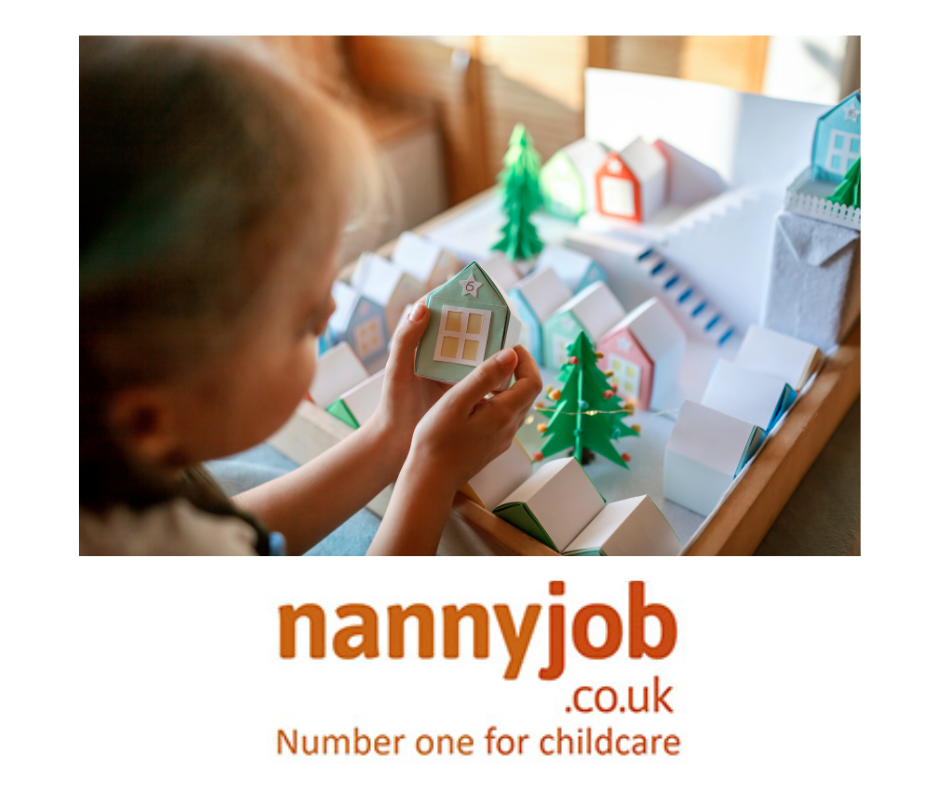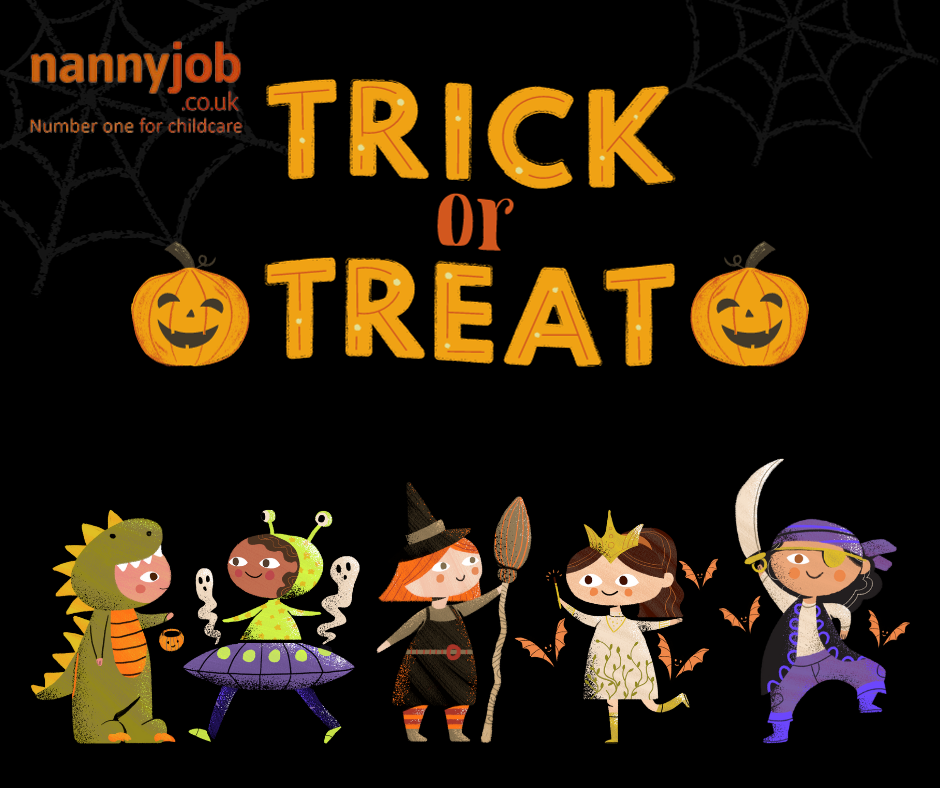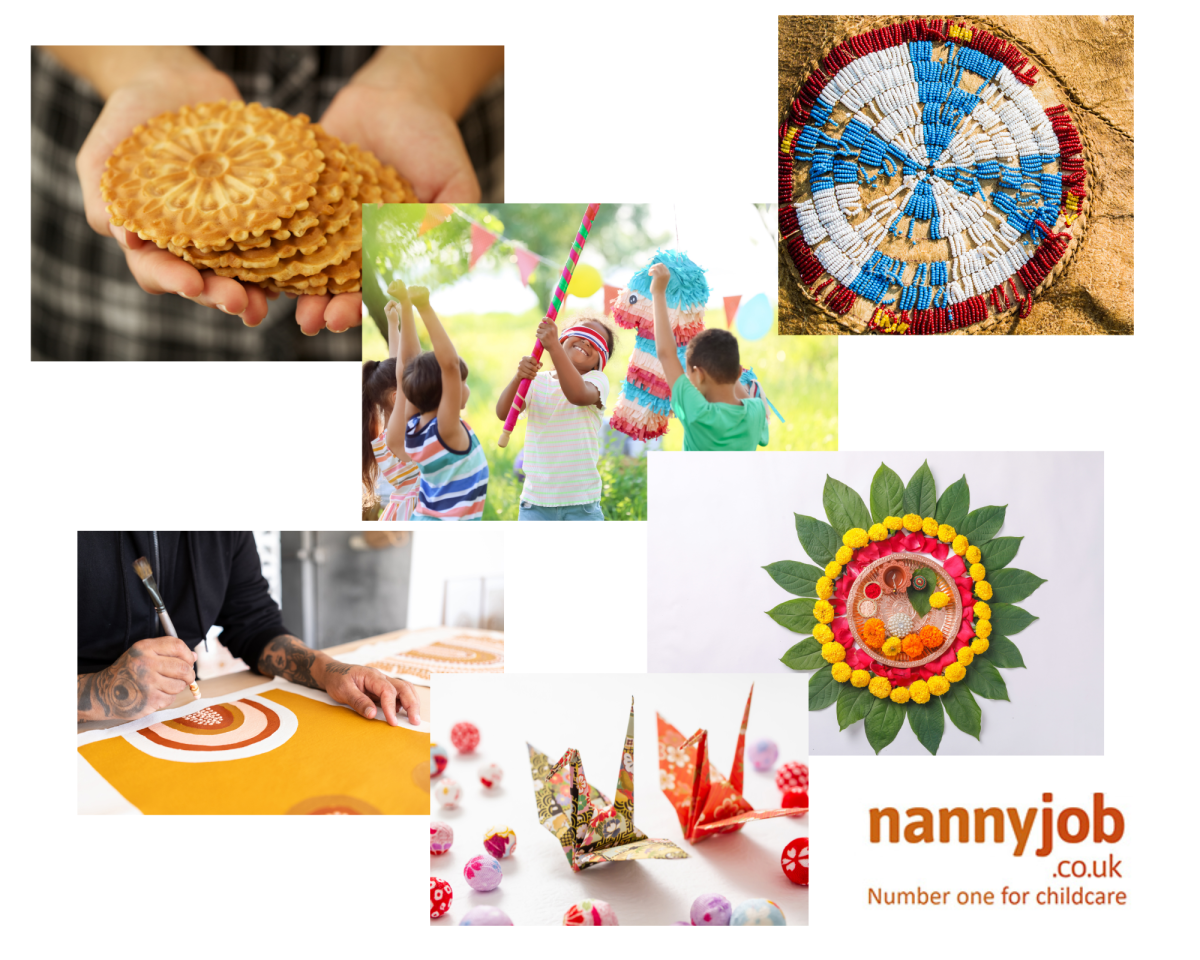The festive season is a wonderful time to engage in creative activities with children. As a nanny, you have the unique opportunity to make this Christmas memorable by crafting homemade decorations with your mindees. Here are 10 easy and fun DIY Christmas decoration ideas that are perfect for kids of all ages.
1. Handprint Christmas Tree:
Materials: Green paint, paper, and decorations (glitter, stickers). Method: Paint the child’s hand with green paint and press it onto a sheet of paper to create a tree shape. Once dry, decorate with glitter and stickers.
2. Paper Snowflakes:
Materials: White paper, scissors. Method: Fold the paper into a triangle and cut small shapes along the edges. Unfold to reveal a unique snowflake pattern.
3. Pine Cone Christmas Trees:
Materials: Pine cones, green paint, small pom-poms, or sequins. Method: Paint the pine cones green and, once dry, decorate them with pom-poms or sequins as ornaments.
4. Sock Snowmen:
Materials: White socks, rice, rubber bands, buttons, and fabric scraps. Method: Fill the sock with rice and tie rubber bands to form the snowman’s body and head. Add buttons for eyes and fabric scraps for a scarf.
5. Cardboard Tube Santa:
Materials: Toilet paper rolls, red and white paint, cotton wool, googly eyes. Method: Paint the tube red, add a white rim and cotton wool for the beard. Stick on googly eyes to complete Santa’s face.
6. Christmas Wreath:
Materials: Paper plate, green tissue paper, red ribbon, glue. Method: Cut the center out of the paper plate and glue green tissue paper around the ring. Add a red ribbon for a festive touch.
7. Salt Dough Ornaments:
Materials: Salt dough (salt, flour, water), cookie cutters, paint. Method: Make salt dough, roll it out, and use cookie cutters to create shapes. Once baked and cooled, paint and decorate.
8. Button Christmas Cards:
Materials: Card stock, buttons, glue, markers. Method: Glue buttons onto the card stock in the shape of a Christmas tree, snowman, or wreath. Use markers to add details.
9. Yarn Wrapped Ornaments:
Materials: Balloons, yarn, glue. Method: Blow up the balloons to a small size. Dip yarn in glue, wrap it around the balloon, and let it dry. Pop the balloon to reveal a yarn ornament.
10. Reindeer Handprint Art:
Materials: Brown paint, paper, red pom-poms, googly eyes. Method: Paint the child’s hand brown and press it onto paper. Add a red pom-pom for the nose and googly eyes to create a reindeer.
These DIY decorations not only add a personal touch to your festive decor but also provide a great opportunity to bond with your mindees and develop their creative skills. Have fun crafting and merry Christmas!





 Choosing the Right Costume:
Choosing the Right Costume: Safe Carving Practices:
Safe Carving Practices: Trick-or-Treating Tips:
Trick-or-Treating Tips: Candles and Decorations:
Candles and Decorations: Remember to keep them away from flammable materials and never leave them unattended. Stay safe and enjoy the eerie ambiance!
Remember to keep them away from flammable materials and never leave them unattended. Stay safe and enjoy the eerie ambiance!  #FireSafety #HalloweenDecorations”
#FireSafety #HalloweenDecorations” Checking the Treats:
Checking the Treats: Let’s make it safe for everyone by considering food allergies and offering a variety of options. Happy and safe treating!
Let’s make it safe for everyone by considering food allergies and offering a variety of options. Happy and safe treating! 
 Monster Mash Bash at Home!
Monster Mash Bash at Home!  Costume Crafting & Face Painting Fiesta!
Costume Crafting & Face Painting Fiesta!  Costume DIY:
Costume DIY: Don’t forget your decorated treat bag – get creative with bats, pumpkins, and witchy designs!
Don’t forget your decorated treat bag – get creative with bats, pumpkins, and witchy designs!


